Don’t let Giambologna’s beautiful sculpture Hercules and the Centaur fool you. Hercules ultimately lost this fight. The centaur Nessus outwitted the hero and demigod, long after Hercules killed him. Myths and history converge at the Piazza della Signoria. This is the first of a series of ancient stories, as we travel virtually to Firenze, Italy.
Featured photo: Giambologna’s Hercules and the Centaur @ the Loggia dei Lanzi. Piazza della Signoria – Florence, Italy.
Table of Contents
- The Sculpture: Hercules and the Centaur
- Love, Marriage, and an Unintentional Killing
- Something Happened on the Way to Exile
- Jealousy, Treachery, and an Unintentional Killing
- The Apotheosis of Hercules
- Related Posts
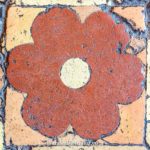
The Sculpture: Hercules and the Centaur
This dramatic sculpture was created by Giambologna aka Jean de Boulogne, or Giovanni da Bologna (1529–1608 CE). Giambologna was a Flemish architect and sculptor whose extremely skilled works demonstrate dynamic movement and the exaggerated proportions of the mannerist style.
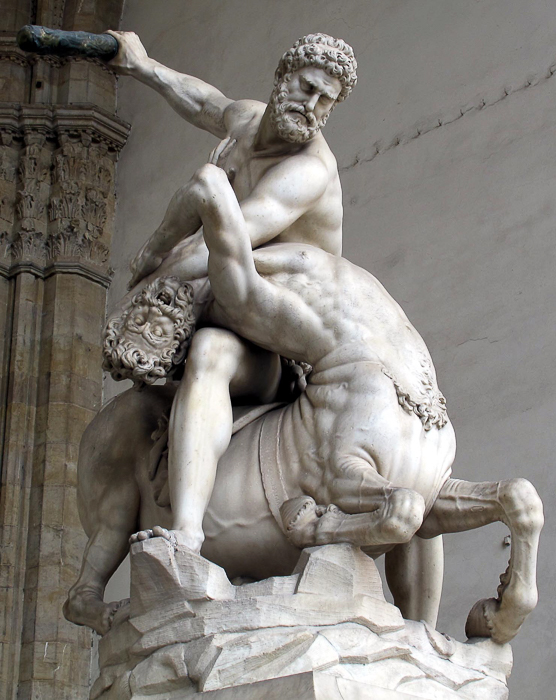
This sculpture group is usually interpreted as Hercules killing the Centaur Nessus. But it’s possible that this sculpture may depict Hercules’ other fights with Centaurs while pursuing one of his 12 Labors. Most of the ancient writers described Hercules as shooting Nessus with a poisoned arrow from a distance – rather than beating him with his knotty club.
Giambologna completed Hercules and the Centaur in 1599, using a single block of marble. It has been in the Loggia dei Lanzi at the Piazza della Signoria in Florence since 1841.
Love, Marriage, and an Unintentional Killing
Hercules’ fight with the centaur Nessus happened long after Hercules completed his 12 Labors. At Calydonia, Hercules wooed and married his third mortal wife, Deianeira, the daughter of King Oeneus.
Apparently, just a mere flick of Hercules’ strong hands could be lethal! During one of their feasts, Hercules accidentally hit and killed King Oeneus’ young cup-bearer and relative while washing his hands.
Since it was an accident, the king pardoned him. But – always the sensitive guy – Hercules felt he must go into voluntary exile.
Something Happened on the Way to Exile
So Hercules, Deianeira and their young son Hyllus, packed up and left for another city called Thrachis. They had to cross the Evenus River to get there.
Hercules could ford the river (perhaps while carrying Hyllus?), but they had to hire the centaur Nessus to ferry Deianeira on his back across the river.
Oh, but this Nessus was a dirty old centaur! Mid-stream, he became enamored of Deianeira and started to sexually molest her.
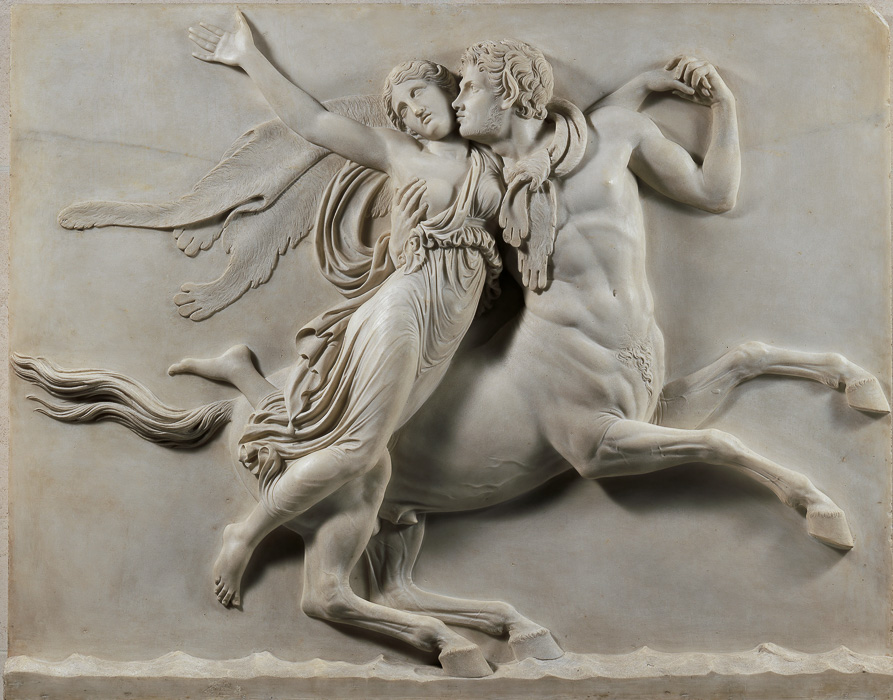
When she screamed for help, Hercules shot and hit Nessus from across the river with a poisoned arrow. (Hercules was a sure-shot 99% of the time – except when he accidentally shot his friend, the old centaur Chiron. But that’s another story…)
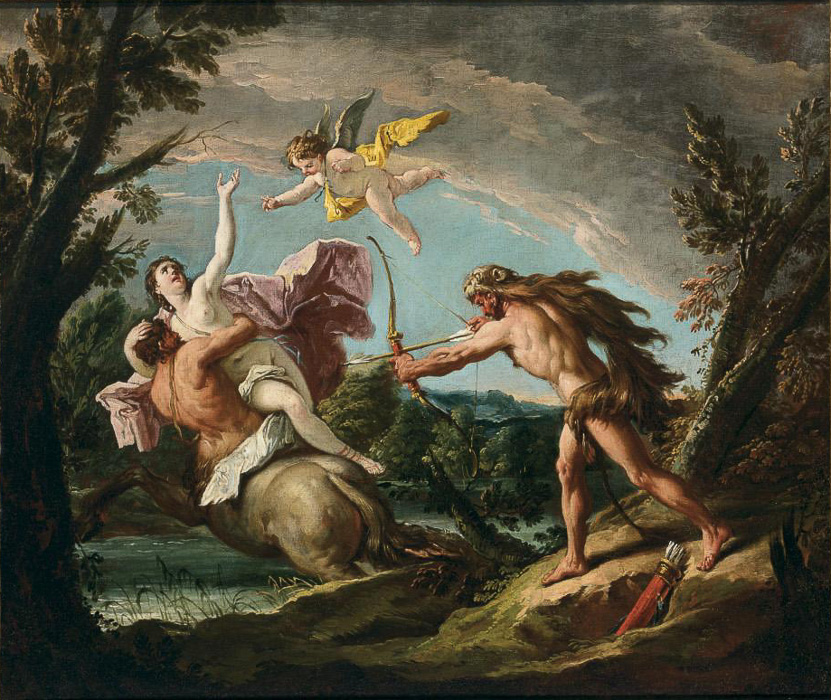
The dying Nessus convinced Deianeira to save the blood that dripped from his wound. He instructed her on how to use it as a love-charm to ensure Hercules would not love another woman. She kept the blood and kept it secret for a long time.
Jealousy, Treachery, and an Unintentional Killing
Four sons and several years later, Deianeira worried about Hercules’ continuing adventures and long absences from home.
On one such adventure, Hercules went to battle with, and defeated the king of Oechalia. He also captured the king’s daughter, princess Iole – an old flame from the past.
He sent a messenger home to Deianeira to get fine clothes that were suitable for making a sacrifice to the gods. Upon hearing that he captured the young princess Iole, Deianeira was consumed with jealousy.
To ensure that Hercules remained faithful to her, she decided to use the love-charm from the centaur Nessus. She spread it on a tunic and dispatched it to Hercules.
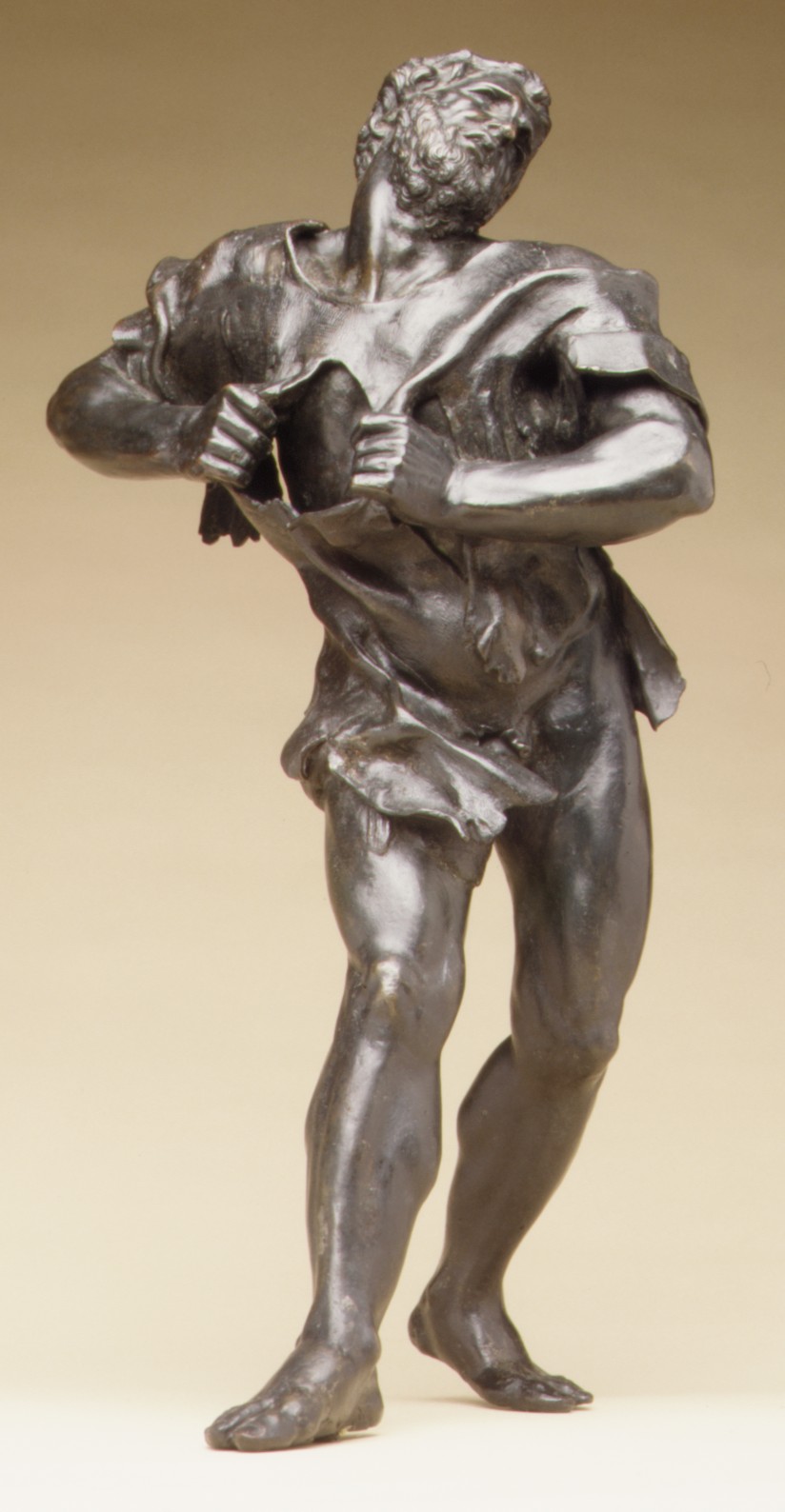
Hercules wore the tunic, but as soon as he lit the sacrificial fire, the tunic clung to him like melting plastic. It burned his flesh and he could not take it off. This was the powerful effect of the poison in the arrow that killed Nessus.
That very potent (and apparently very long-lasting) poison was the venom of the Lernean Hydra in which Hercules dipped the heads of his arrows after he killed the monster.
Of all the ordeals and herculean tasks that had been thrown at him during his lifetime, Hercules could not overcome the centaur Nessus’ post-mortem treachery.
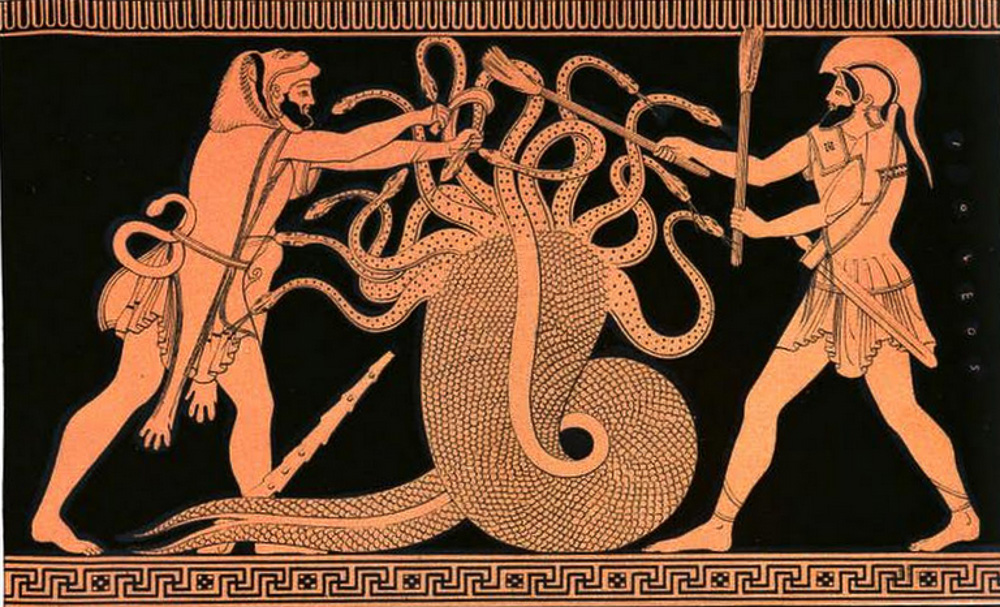
Thus, Zeus’ prophecy regarding the end of his invincibility came to pass:
My father prophesied to me of old
– Sophocles, Trachiniae
that none who breathed would ever take my life,
but one already dead and gone to Hades.
And now this beast, the Centaur, as the god
foretold, though dead, has torn my life away.
The Apotheosis of Hercules
Death for Hercules wasn’t really a bad thing. It started his apotheosis. Apothe-what? It means something like an ascension to heaven. Here’s how it happened.
Knowing there was no way out of his terrible tragedy, Hercules ordered a pyre to be built, and he laid on it.
His friend Philoctetes was the only one brave enough to light his pyre – and to him, Hercules bequeathed his bow and arrows. (Decades later, during the Trojan War, the same Philoctetes killed Paris with this weapon).
The mortal shade of Hercules went to Hades, but Zeus brought his favorite son’s immortal soul to Mount Olympus. Hercules reconciled with his stepmother Hera and married her daughter Hebe.
They had two sons, and they lived happily ever after.

I derived this story based on the interesting works of ancient Greek writers who lived between the 5th and 1st century BCE: Sophocles (Trachinae), Pseudo-Apollodorus (Bibliotheke), and Diodorus Siculus (Bibliotheca Historica) – Reference (8, 9, 10). For a complete list of sources and resources used on this webpage, please see the References page.
Related Posts
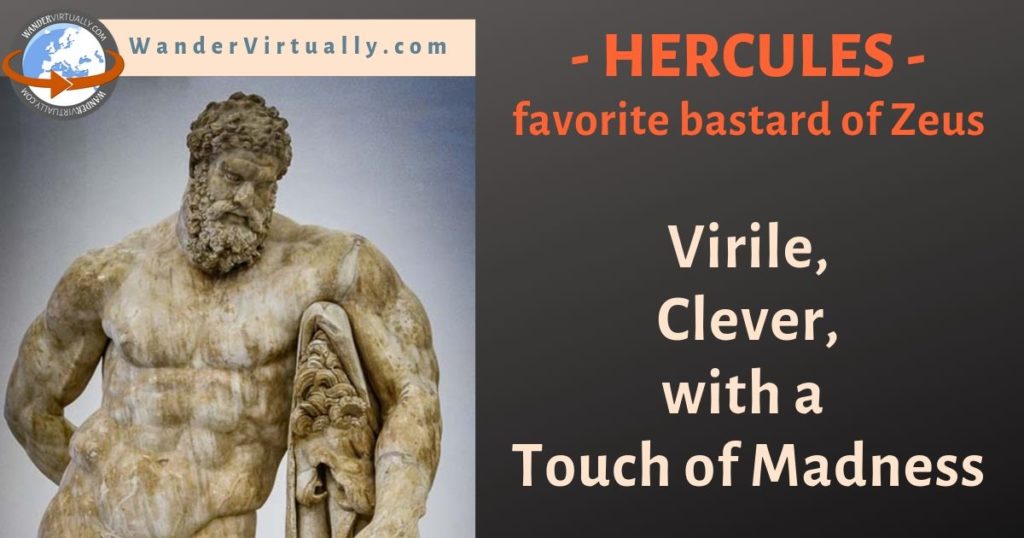
Find out more about him: The Story of Hercules – an Imperfect Hero
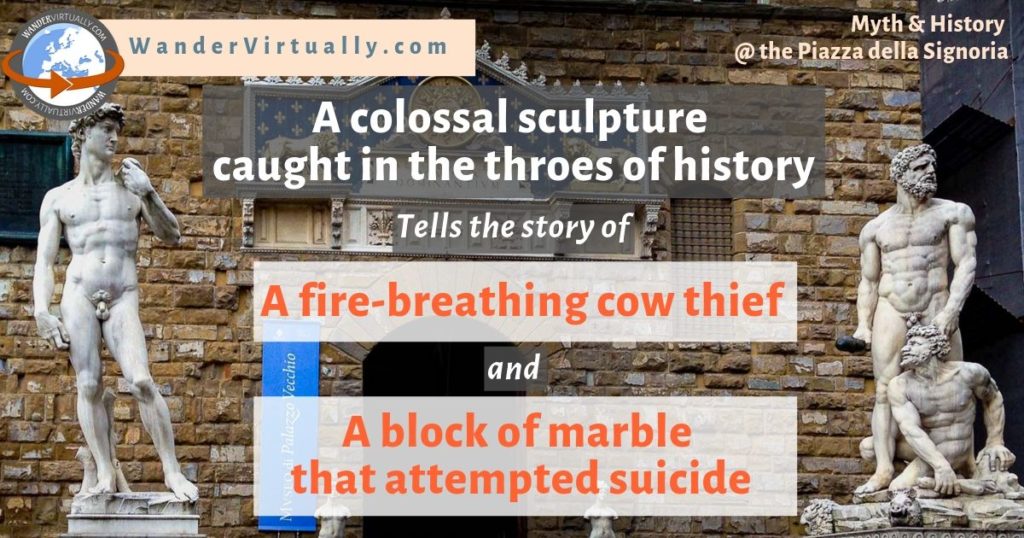
Check my post on Hercules and Cacus at the Piazza della Signoria
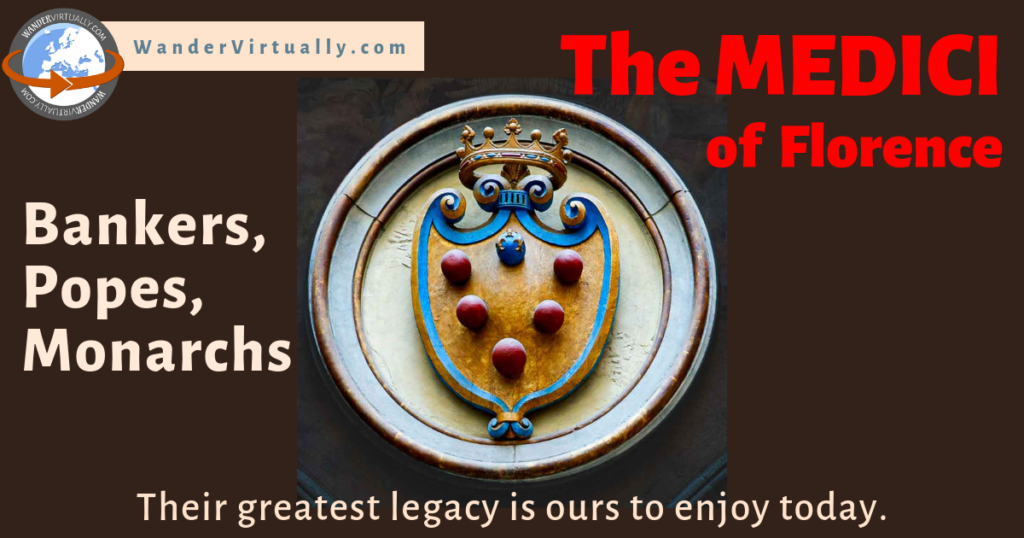
Get the story The Medici: Benefactors Of Your Sightseeing In Florence
Visit the Italy page for more stories and travel tips …
BELLA ITALIA
Fascinating ancient stories.
Practical travel tales and tips.
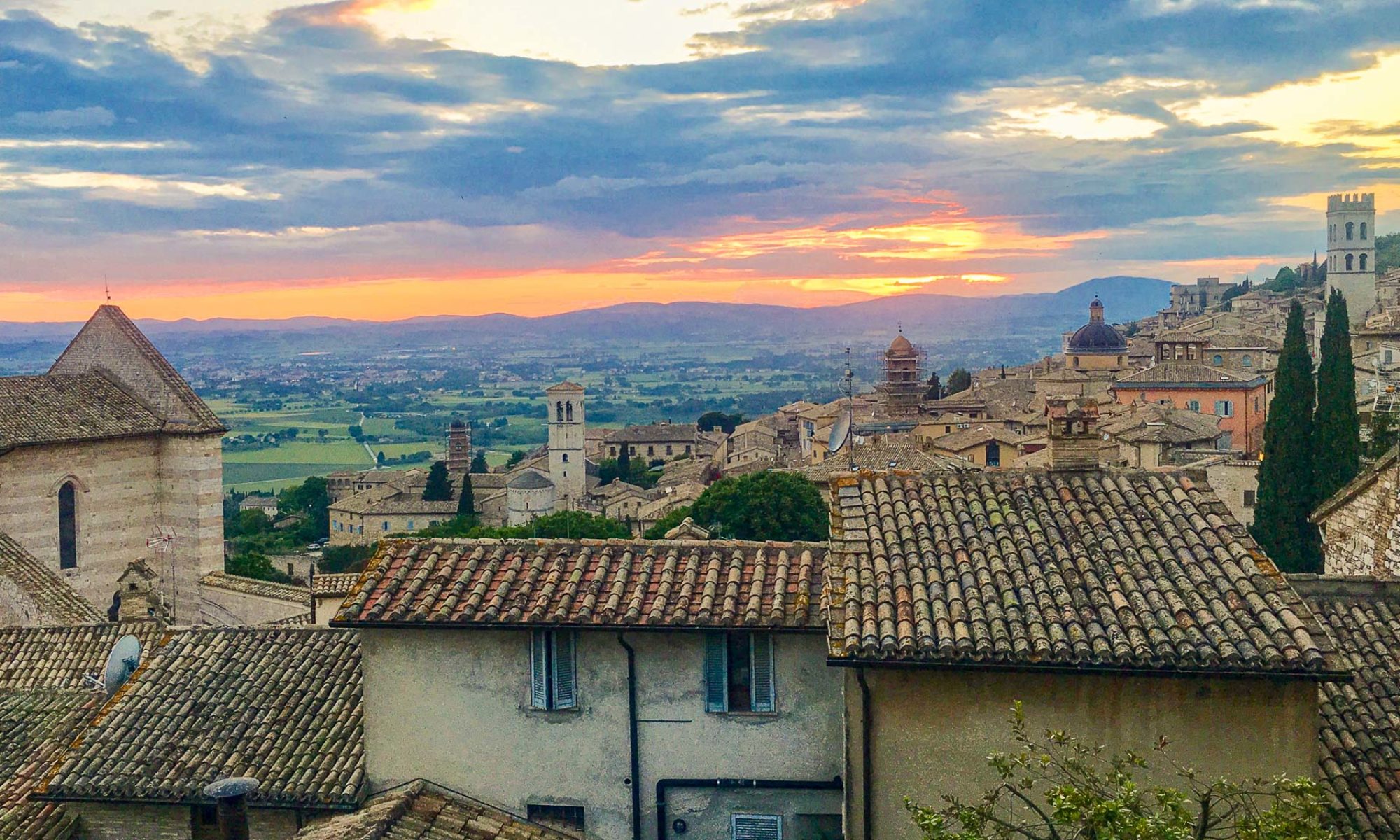

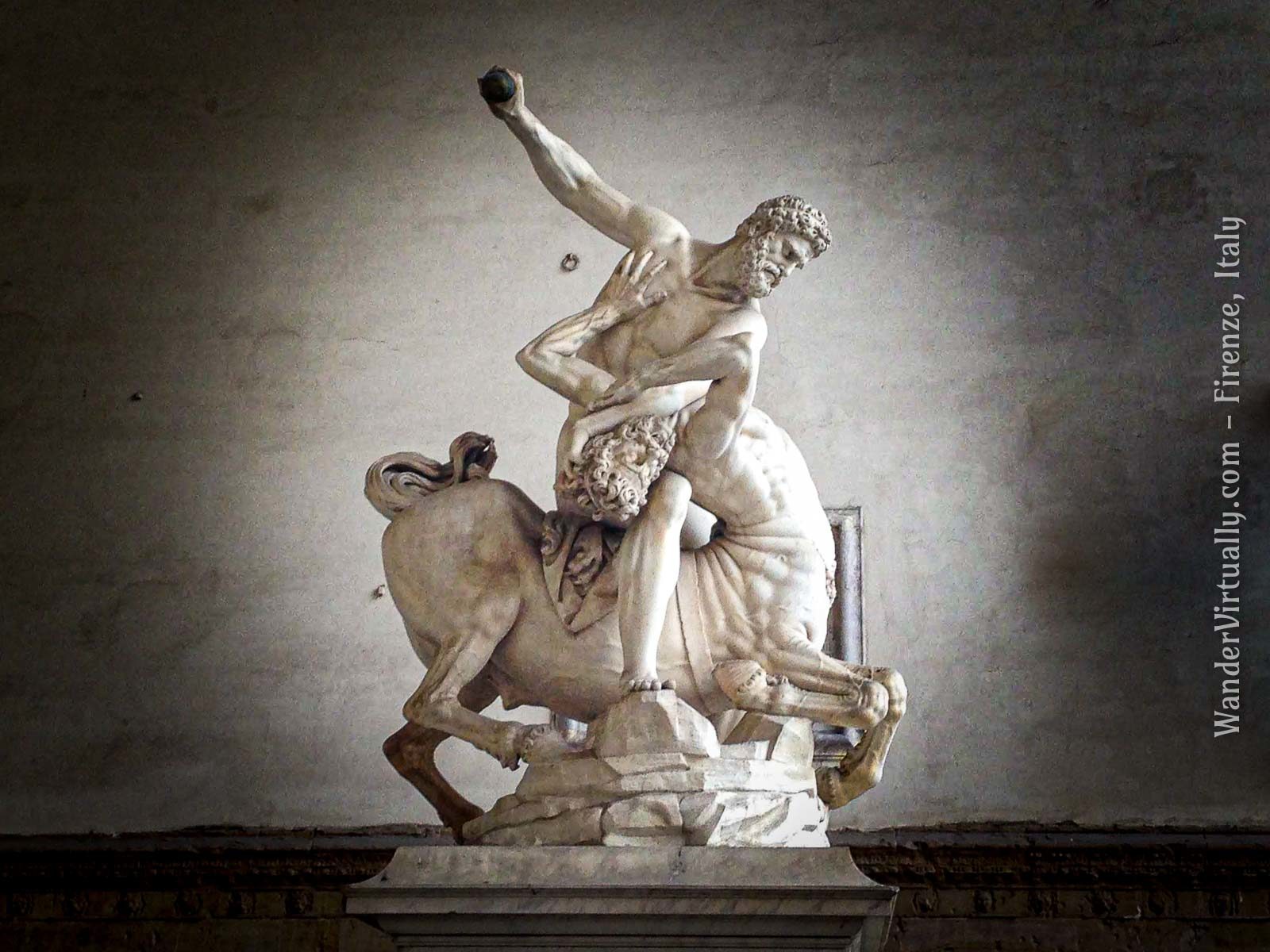
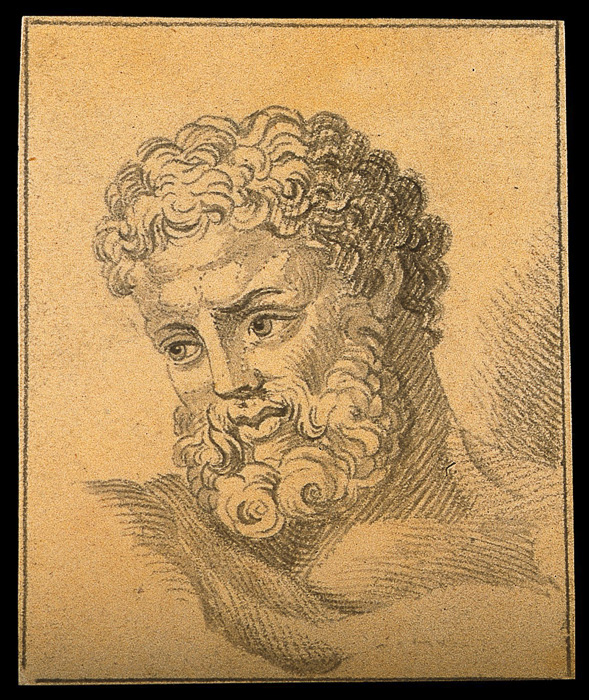


Thank you. Wonderful site